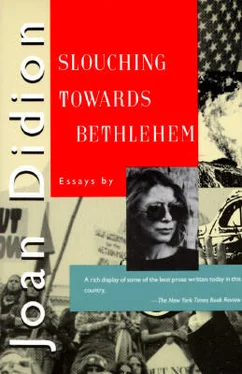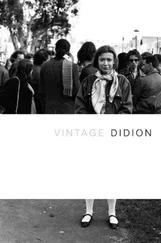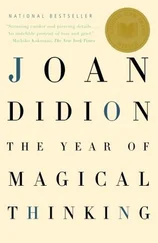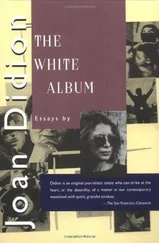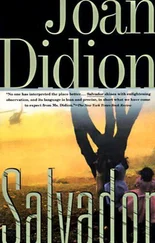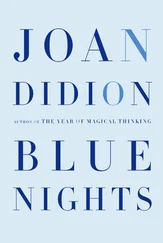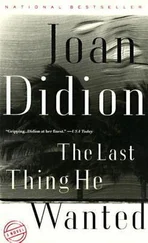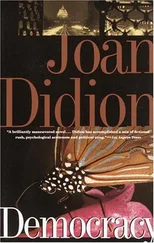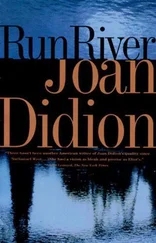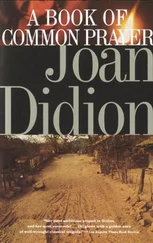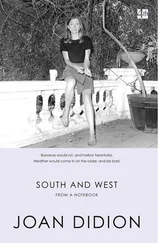In the summer of 1959, a friend took her to the first Newport Folk Festival. She arrived in Newport in a Cadillac hearse with “joan baez” painted on the side, sang a few songs to 13, 000 people, and there it was, the new life. Her first album sold more copies than the work of any other female folksinger in record history. By the end of 1961 Vanguard had released her second album, and her total sales were behind those of only Harry Belafonte, the Kingston Trio, and the Weavers. She had finished her first long tour, had given a concert at Carnegie Hall which was sold out two months in advance, and had turned down $100, 000 worth of concert dates because she would work only a few months a year.
She was the right girl at the right time. She had only a small repertory of Child ballads (“What’s Joanie still doing with this Mary Hamilton?” Bob Dylan would fret later), never trained her pure soprano and annoyed some purists because she was indifferent to the origins of her material and sang everything “sad.” But she rode in with the folk wave just as it was cresting. She could reach an audience in a way that neither the purists nor the more commercial folksingers seemed to be able to do. If her interest was never in the money, neither was it really in the music: she was interested instead in something that went on between her and the audience. “The easiest kind of relationship for me is with ten thousand people,” she said. “The hardest is with one.”
She did not want, then or ever, to entertain; she wanted to move people, to establish with them some communion of emotion. By the end of 1963 she had found, in the protest movement, something upon which she could focus the emotion. She went into the South. She sang at Negro colleges, and she was always there where the barricade was, Selma, Montgomery, Birmingham. She sang at the Lincoln Memorial after the March on Washington. She told the Internal Revenue Service that she did not intend to pay the sixty percent of her income tax that she calculated went to the defense establishment. She became the voice that meant protest, although she would always maintain a curious distance from the movement’s more ambiguous moments. (“I got pretty sick of those Southern marches after a while,” she could say later. “All these big entertainers renting little planes and flying down, always about 35, 000 people in town”) She had recorded only a handful of albums, but she had seen her face on the cover of Time. She was just twenty-two.
Joan Baez was a personality before she was entirely a person, and, like anyone to whom that happens, she is in a sense the hapless victim of what others have seen in her, written about her, wanted her to be and not to be. The roles assigned to her are various, but variations on a single theme. She is the Madonna of the disaffected. She is the pawn of the protest movement. She is the unhappy analysand. She is the singer who would not train her voice, the rebel who drives the Jaguar too fast, the Rima who hides with the birds and the deer. Above all, she is the girl who “feels” things, who has hung on to the freshness and pain of adolescence, the girl ever wounded, ever young. Now, at an age when the wounds begin to heal whether one wants them to or not, Joan Baez rarely leaves the Carmel Valley.
Although all Baez activities tend to take on certain ominous overtones in the collective consciousness of Monterey County, what actually goes on at Miss Baez’s Institute for the Study of Nonviolence, which was allowed to continue operating in the Carmel Valley by a three-two vote of the supervisors, is so apparently ingenuous as to disarm even veterans of two wars who wear snap-on bow ties. Four days a week, Miss Baez and her fifteen students meet at the school for lunch: potato salad, Kool-Aid, and hot dogs broiled on a portable barbecue. After lunch they do ballet exercises to Beatles records, and after that they sit around on the bare floor beneath a photomural of Cypress Point and discuss their reading: Gandhi on Nonviolence, Louis Fischer’s Life of Mahatma Gandhi, Jerome Frank’s Breaking the Thought Barrier, Thoreau’s On Civil Disobedience, Krishnamurti’s The First and Last Freedom and Think on These Things, C. Wright Mills’s The Power Elite, Huxley’s Ends and Means, and Marshall McLuhan’s Understanding Media. On the fifth day, they meet as usual but spend the afternoon in total silence, which involves not only not talking but also not reading, not writing, and not smoking. Even on discussion days, this silence is invoked for regular twenty-minute or hour intervals, a regimen described by one student as “invaluable for clearing your mind of personal hangups” and by Miss Baez as “just about the most important thing about the school.”
There are no admission requirements, other than that applicants must be at least eighteen years old; admission to each session is granted to the first fifteen who write and ask to come. They come from all over, and they are on the average very young, very earnest, and not very much in touch with the larger scene, less refugees from it than children who do not quite apprehend it. They worry a great deal about “responding to one another with beauty and tenderness,” and their response to one another is in fact so tender that an afternoon at the school tends to drift perilously into the never-never. They debate whether or not it was a wise tactic for the Vietnam Day Committee at Berkeley to try to reason with Hell’s Angels “on the hip level.”
“O. K.,” someone argues. “So the Angels just shrug and say ‘our things violence. ’ How can the V. D. C. guy answer that?”
They discuss a proposal from Berkeley for an International Nonviolent Army: “The idea is, we go to Vietnam and we go into these villages, and then if they burn them, we burn too.”
“It has a beautiful simplicity,” someone says.
Most of them are too young to have been around for the memorable events of protest, and the few who have been active tell stories to those who have not, stories which begin “One night at the Scranton Y…” or “Recently when we were sitting in at the A. E. C….” and “We had this eleven-year-old on the Canada-to-Cuba march who was at the time corresponding with a Gandhian, and he….”They talk about Allen Ginsberg, “the only one, the only beautiful voice, the only one talking.” Ginsberg had suggested that the V. D. C. send women carrying babies and flowers to the Oakland Army Terminal.
“Babies and flowers,” a pretty little girl breathes. “But that’s so beautiful, that’s the whole point.”
“Ginsberg was down here one weekend,” recalls a dreamy boy with curly golden hair. “He brought a copy of the Fuck Songbag, but we burned it.” He giggles. He is holding a clear violet marble up to the window, turning it in the sunlight. “Joan gave it to me,” he says. “One night at her house, when we all had a party and gave each other presents. It was like Christmas but it wasn’t.”
The school itself is an old whitewashed adobe house quite far out among the yellow hills and dusty scrub oaks of the Upper Carmel Valley. Oleanders support a torn wire fence around the school, and there is no sign, no identification at all. The adobe was a one-room county school until 1950; after that it was occupied in turn by the So Help Me Hannah Poison Oak Remedy Laboratory and by a small shotgun-shell manufacturing business, two enterprises which apparently did not present the threat to property values that Miss Baez does. She bought the place in the fall of 1965, after the County Planning Commission told her that zoning prohibited her from running the school in her house, which is on a ten-acre piece a few miles away. Miss Baez is the vice president of the Institute, and its sponsor; the $120 fee paid by each student for each six-week session includes lodging, at an apartment house in Pacific Grove, and does not meet the school’s expenses. Miss Baez not only has a $40, 000 investment in the school property but is responsible as well for the salary of Ira Sandperl, who is the president of the Institute, the leader of the discussions, and in fact the eminence grise of the entire project. “You might think we’re starting in a very small way,” Ira Sandperl says. “Sometimes the smallest things can change the course of history. Look at the Benedictine order.”
Читать дальше
